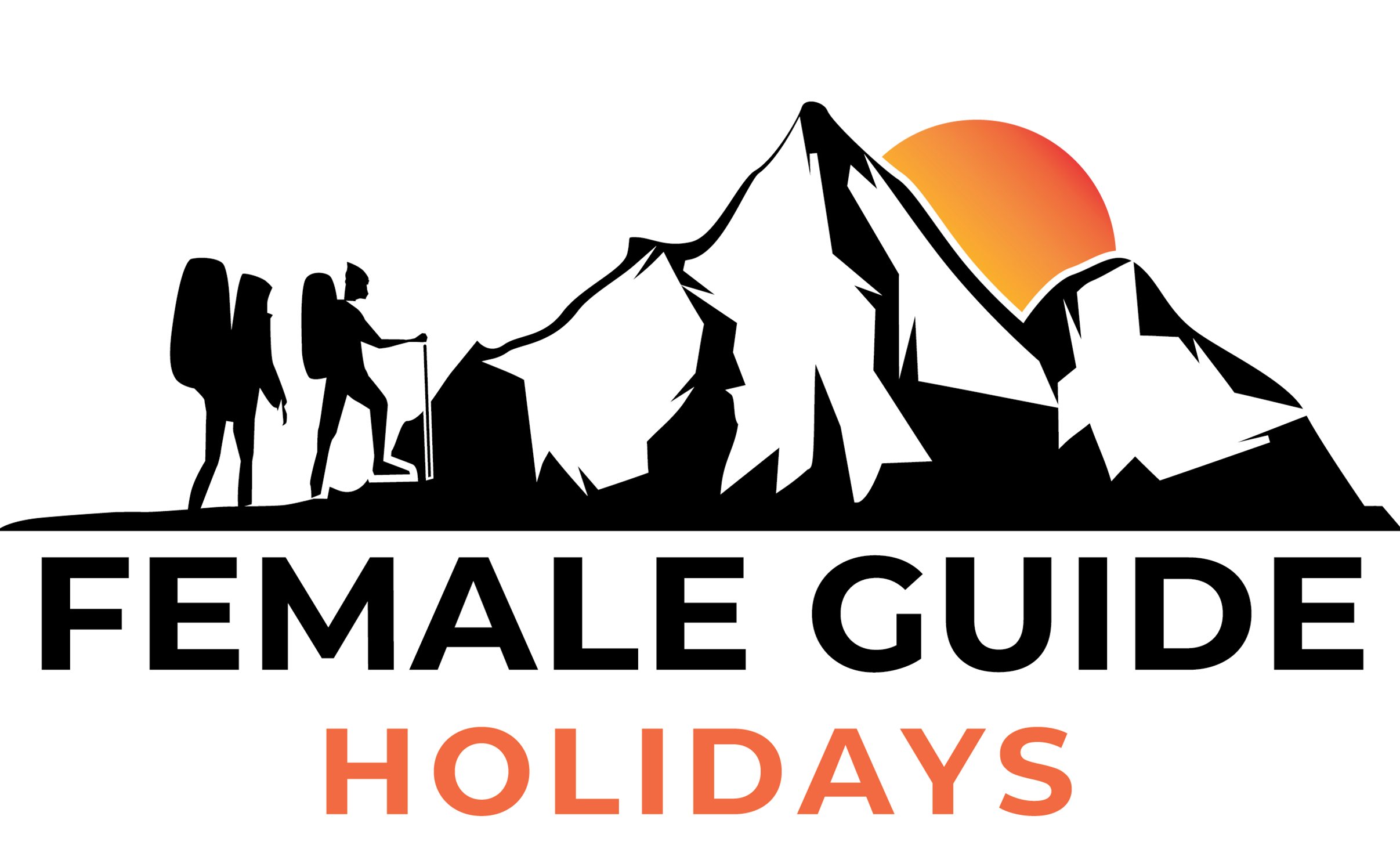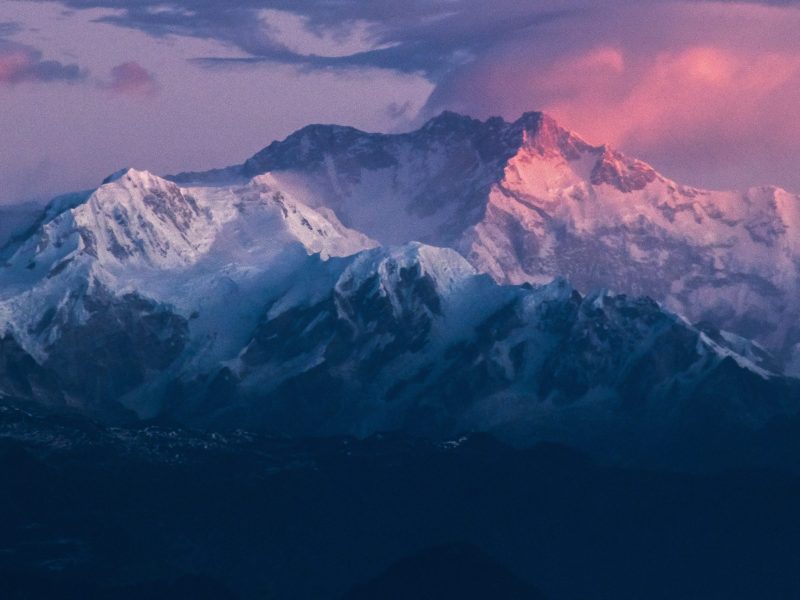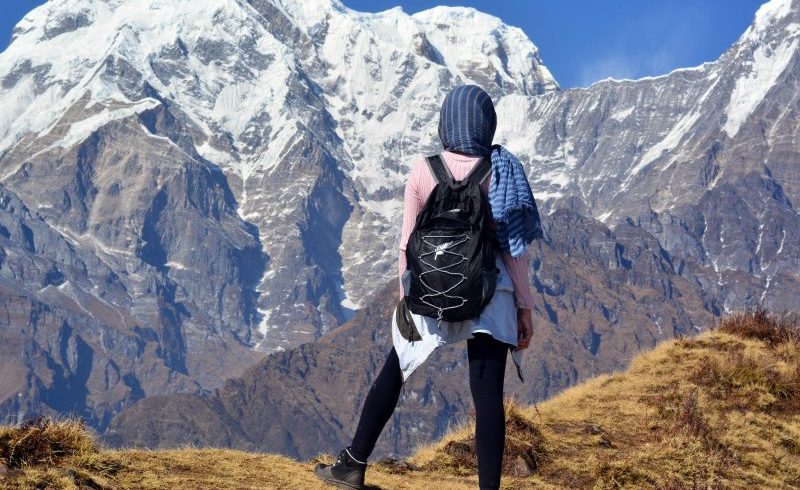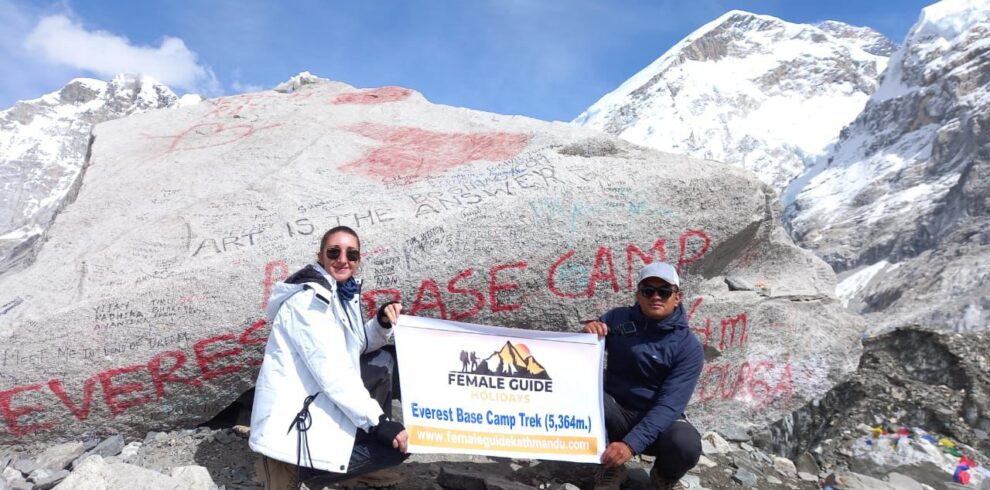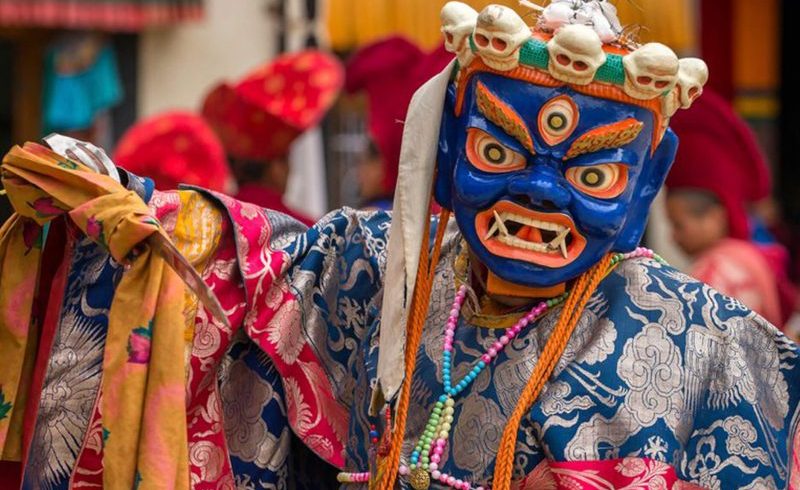Kanchenjunga Trek – Embark on a thrilling and strenuous adventure with our 28-day Kanchenjunga Trek, designed for experienced hikers as well as beginners. Nestled in the remote Taplejung district, Kanchenjunga is the third-highest peak in the world and provides breathtaking views of the north and south face of the mountain. The region falls under the Kanchenjunga Conservation Area, a gift of Mother Earth that boasts unique ecosystems and biodiversity, from subtropical Evergreen Forests to Tundra Vegetation.
Overview
Our Kanchenjunga Trek takes you through the foothills of the Nepali side of the mountain, offering a chance to experience spectacular mountain scenery, diverse flora and fauna, and rich local culture. The trek takes you on a route to the northern base camp offering grand views of the Kanchenjunga range consists of five peaks: Kangchenjunga Main at 8,586 meters, Kangchenjunga West at 8,505 meters, Kangchenjunga Centra at 8,482 meters, Kangchenjunga South at 8,494 meters, and Kangbachen at 7,903 meters. Also cross several passes, deep wilderness, and wander across the Himalayas.
The area is the homeland of various ethnic groups, who follow a mixture of Buddhist, Hindu, and animist beliefs and speak various languages. Since the Kanchenjunga trek was opened to trekkers in 1988, it has become a popular destination for those seeking remoteness and adventure in the eastern part of Nepal. Join us Female Guide Holidays and witness the wonders of Himalayas and explore the Five Treasures of the Great Snow.
Entry and Permits:
Kanchenjunga Trek Necessary Permit
- A Kanchenjunga Conservation Area Project Entry Permit (KCAP), and a
- Restricted Area Entry Permit for the trail in Tapethok and Yamphuding VDCs.
Permit Cost:
- Kanchenjunga Conservation Area Project Entry Permit (KCAP) Nrs. 2,000 per person. There is no time limitation for the permit.
- Kanchenjunga Restricted Area Permit (RAP) USD 10 per person, per week.
Kanchenjunga Trek RAP Requirements:
This permit must be processed through a valid local travel agency registered in Nepal. Minimum of two trekkers in a group to obtain the permit.
You must submit the following documents and data to get these permits:
- Valid passport with at least six months remaining validity and a valid Nepal visa extending past the expiry date of your RAP.
- On the agency’s headed paper, you need to supply details of
- Application
- Itinerary
- Insurance details for guide
- Online submission id (as provided by agency)
- Details of dollars
- E-copy of passport-sized photo
You won’t have to worry about waiting for permits since the company or our guides will take care of everything.
Meals and Drinking Water:
Popular trekking areas like Kanchenjunga, Annapurna, Everest, Langtang, and Manaslu have a menu system with different ethnic cuisines foods as well as western meals, but some places provide you with typical Nepali meals which are different from international meals, these meals are prepared by the local supplement, every tourist lodge and tea house has a well-trained cook basically attention to clean, hygienic, fresh, and delicious foods, every lodge has safe drinking water or mineral water. If you buy a water purification tablet from Kathmandu you can take water from the tap and purify it by yourself, this will be cheaper and control plastic pollution as well.
Accommodation:
You will find local accommodations in the form of trekking lodges and teahouses, which are situated every hour or so along the trail. These accommodations provide basic facilities such as food, electricity, and clean rooms. The rooms generally have twin sharing beds and a single bed, with good quality mattresses that reduce the weight of your backpack. You can expect a hygienic and comfortable atmosphere at these accommodations. The dining rooms usually have a central heating system that uses firewood to keep you warm and cozy during your stay. This is also a great place to rest and connect with other travelers by sharing your stories. Additionally, campsites are available along the trail for those who want to experience camping outdoors.

Best Time to Visit?
The best time to go on Kanchenjunga Trek is during autumn and spring. The months of September, October, November, March, April, and May are the best time to visit as the weather conditions are better for exploring the high mountain terrain with good visibility.
During autumn, the weather is clear and warm, making it perfect for trekking on high Himalayan terrains. In spring, from March to May, the landscape changes with blooming trees of Rhododendron, mixed with Confers, Oaks, Orchids, and ferns, along with colorful wildflowers, making the region look stunning.
The monsoon season, with harsh weather conditions, is usually avoided by trekkers. The winter season, with heavy snowfall, covers most of the trail, making it challenging to access higher grounds in the region.
Travel Insurance:
Travel insurance is required for all clients engaging in any activity. We strongly urge you to obtain a complete insurance plan from reputable insurance.
Passport and Visa:
Every client must have a valid passport from the return date with a 6-month prior validity by the Nepalese consulate in your country or the immigration office at Tribhuvan International Airport in Kathmandu.
Equipment List:
- Daypack above 40 liters. (Must be waterproof)
- Down jacket (rental available)
- Warm sleeping bag (rental available)
- Sun head, gulf cap, sunglasses
- Headlamp, torchlight, power bank, and extra batteries
- Ear-muffs, sun Lotions/sun cream, wet wipes, and hand sanitizer.
- Pair of liner gloves thin wool and synthetic.
- Cotton t-shirts, Synthetic t-shirts.
- Long-sleeve polyester or synthetic lightweight for sunny days.
- Soft-shell jacket water & wind resist.
- Swimming costume.
- Inner clothes as your requirement.
- Liner socks, woolen socks.
- Proper trekking boots with good ankle support.
- Imodium or Pepto Bismo capsules for upset stomach or diarrhea.
- Diamox for altitude sickness. The guide will help you to take it.
- One small personal-sized first-aid kit with blister treatments such as moleskin, bands, anti-infection ointments, muscle relief ointments
Important Note:
Your safety is of paramount importance to us at the Female Guide Holiday. We have the absolute authority to cancel the trip or change the itinerary, when deemed necessary or when we have reason to believe your safety is at stake. Weather conditions, the health condition of a group member, natural disasters, and such, can contribute to changes in the itinerary when traveling in remote mountainous regions. In these extreme situations, we kindly request that you offer your full cooperation to the trusted leader of the group appointed by the Female Guide Holiday. However, we assure you that we will make every effort to keep to the above itinerary.
